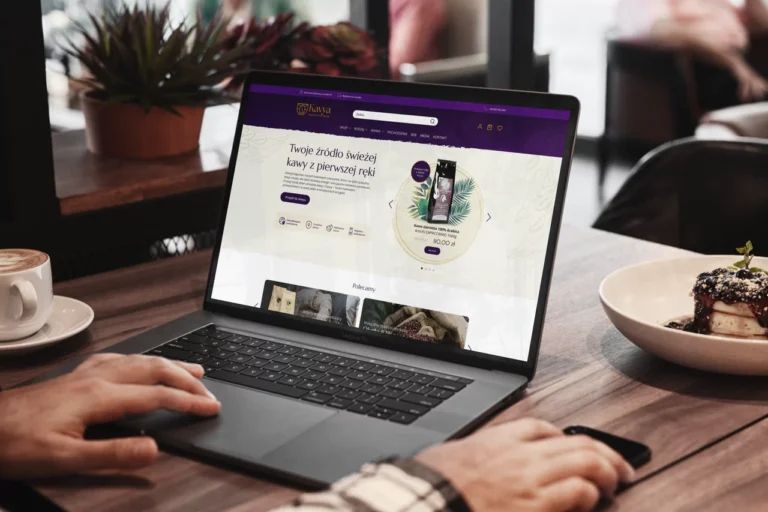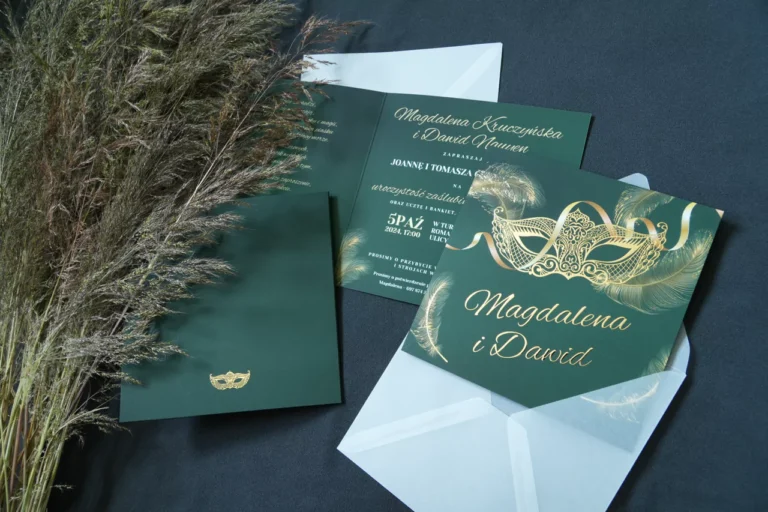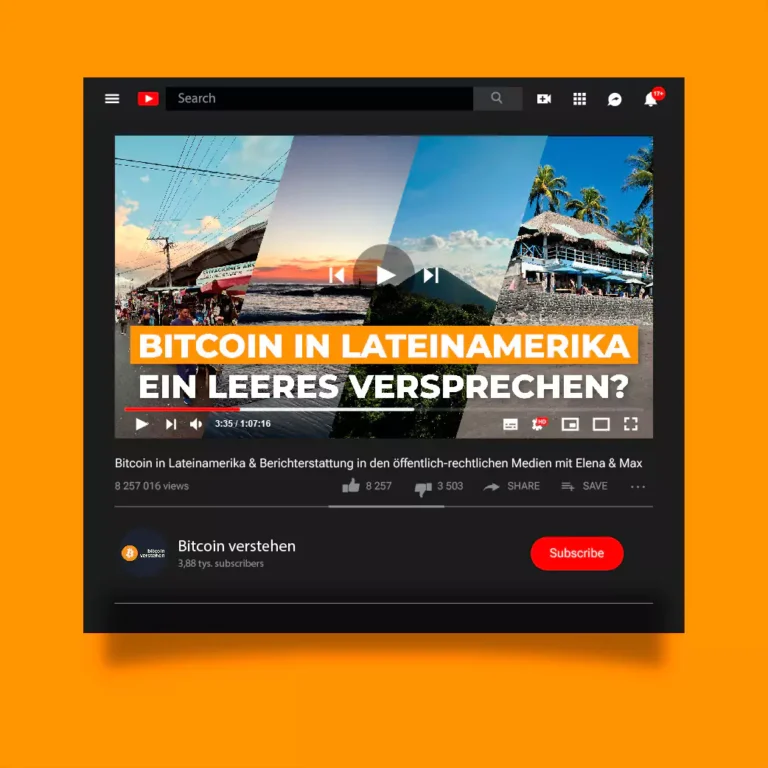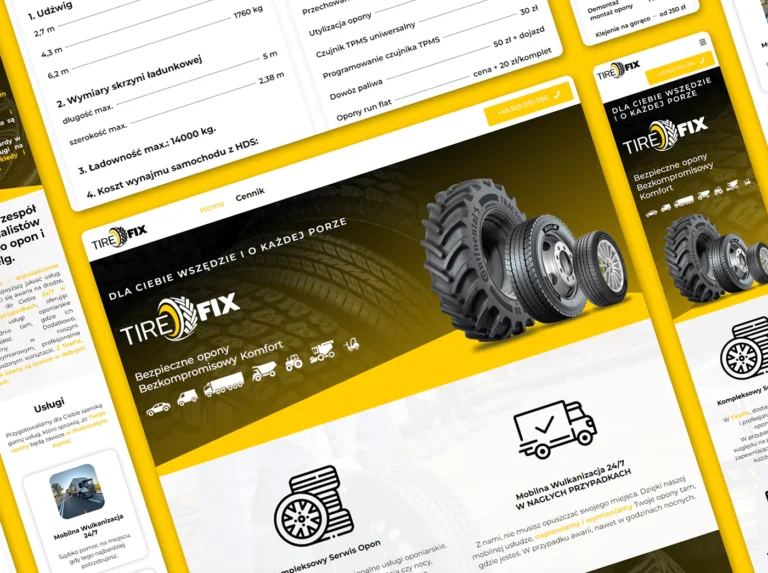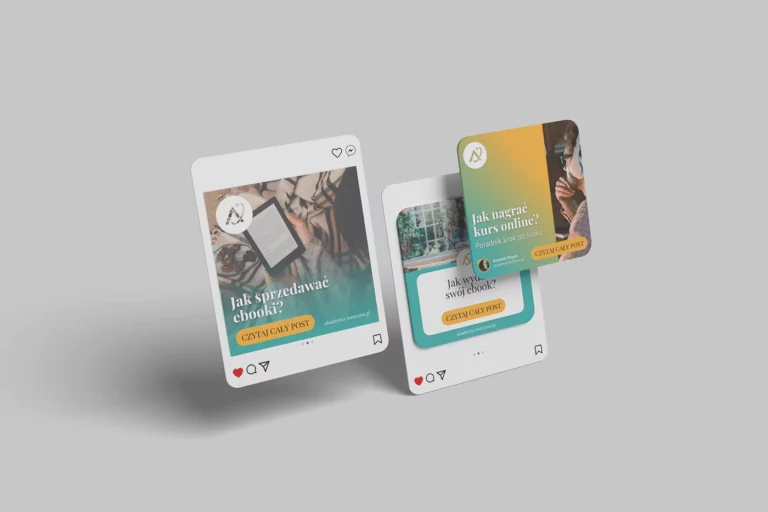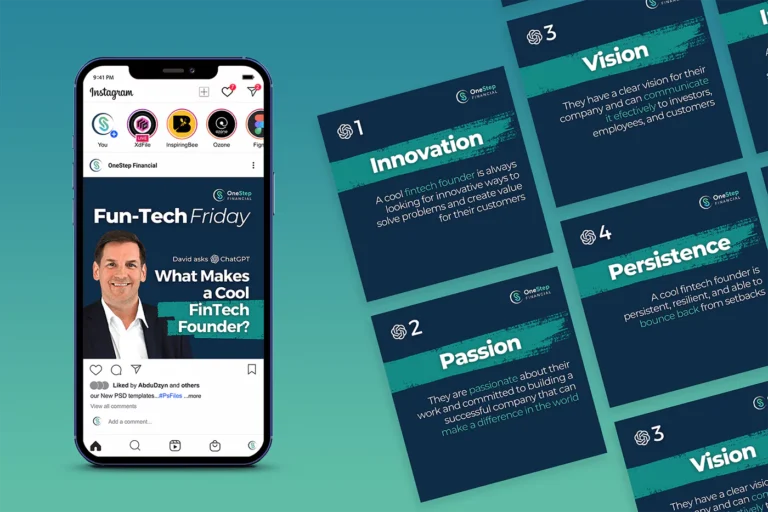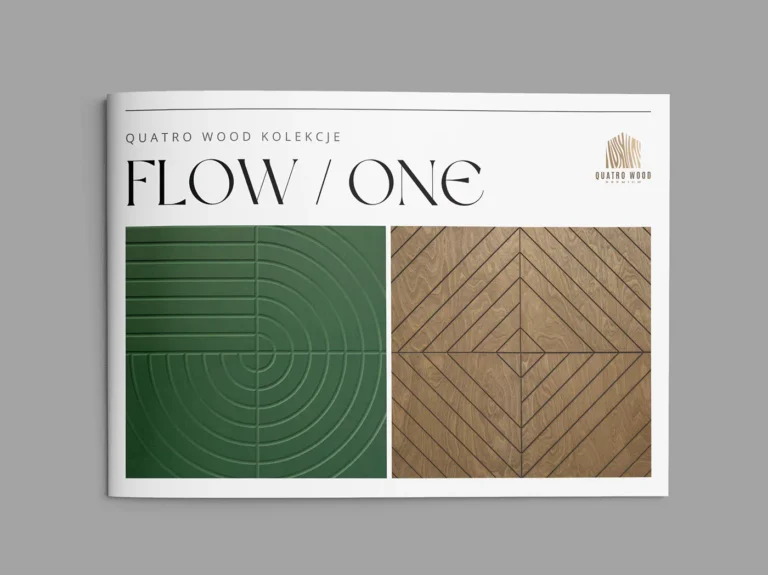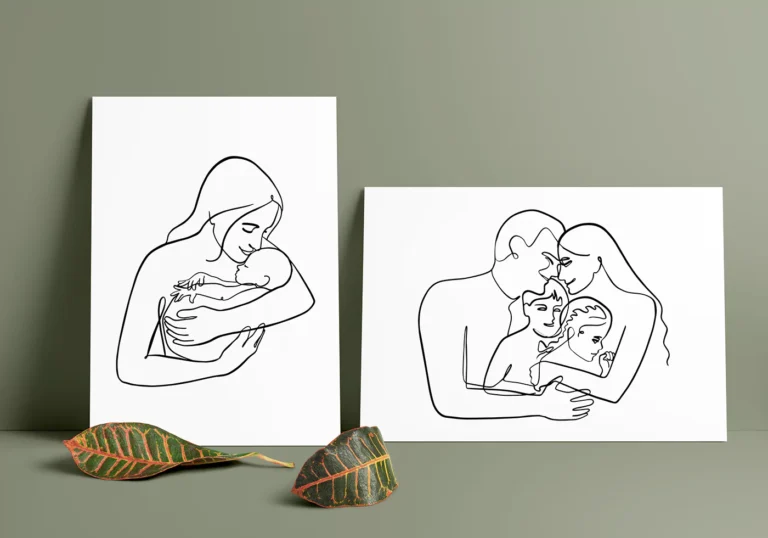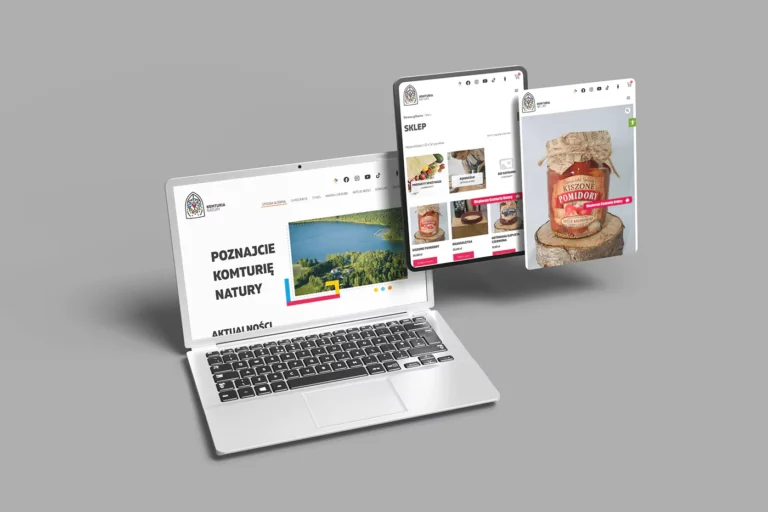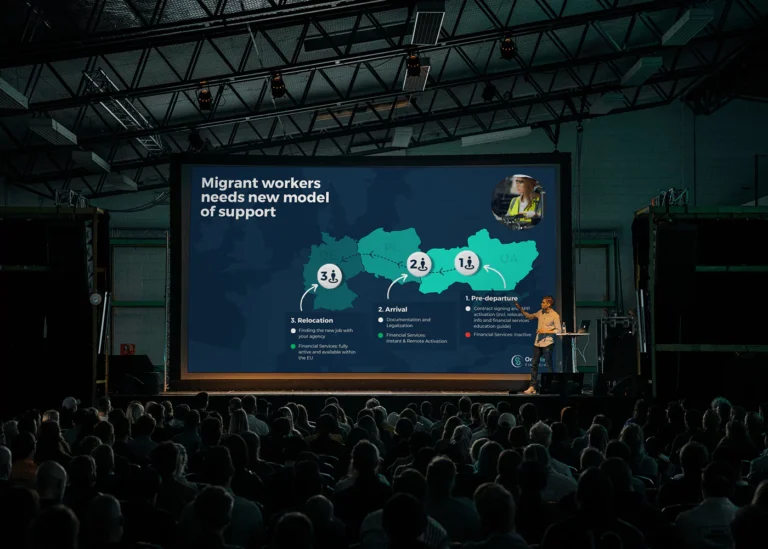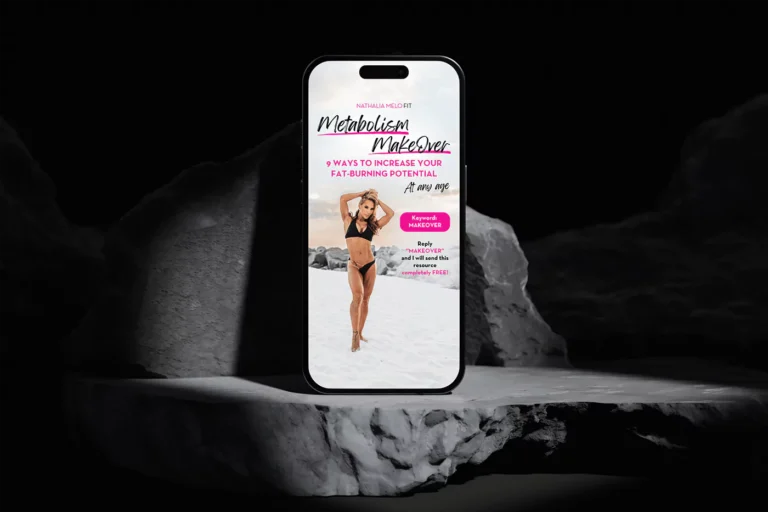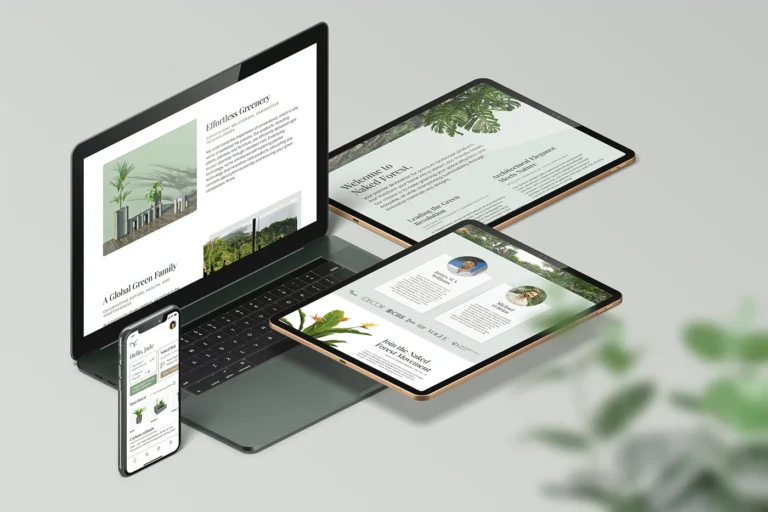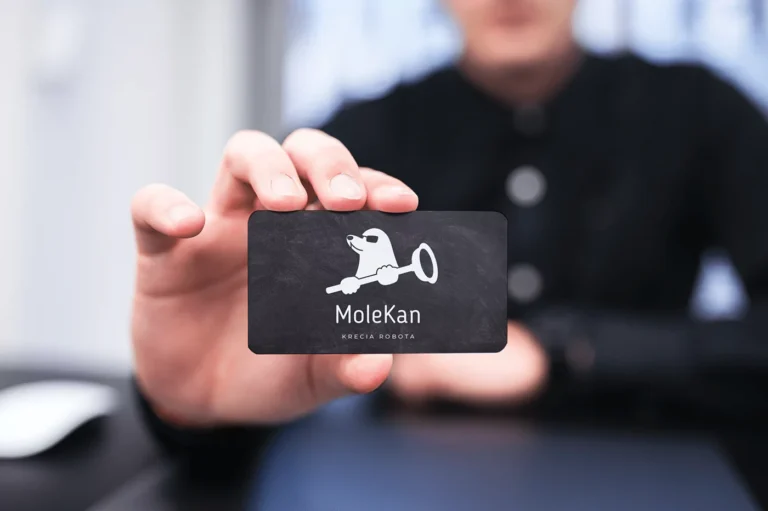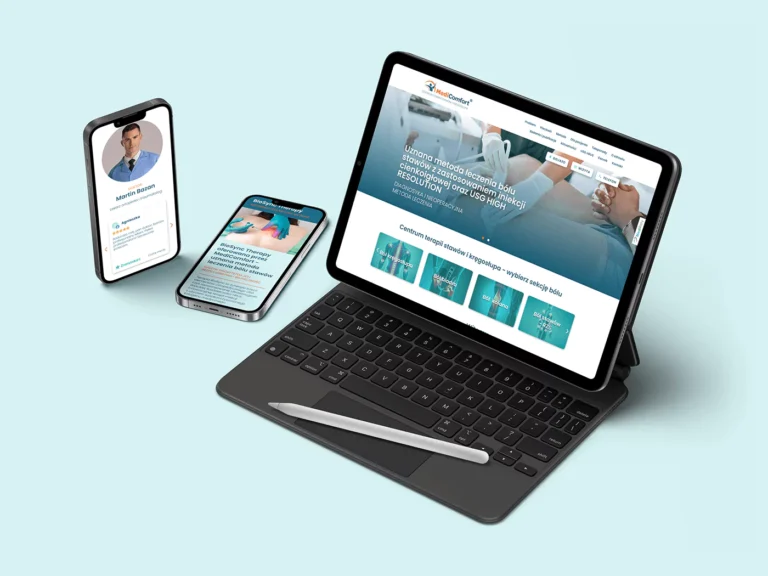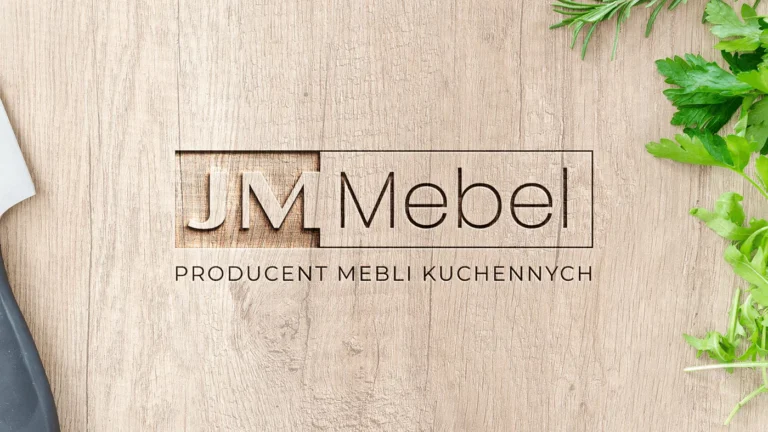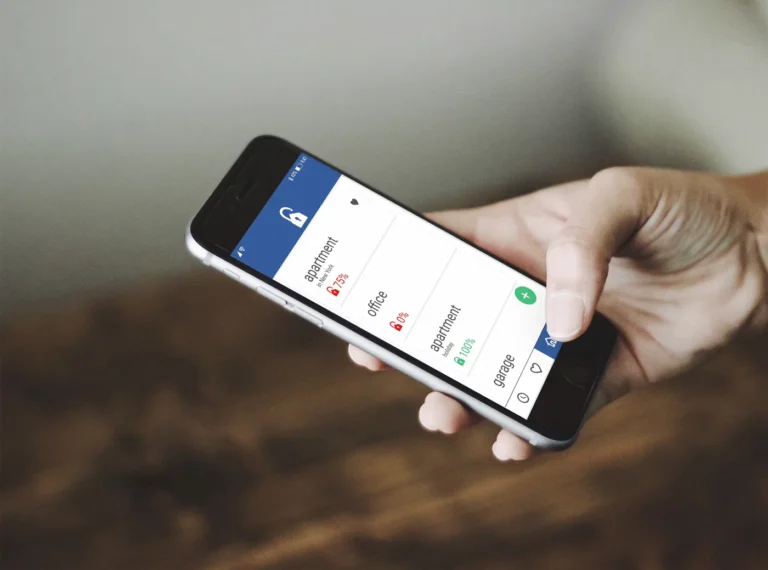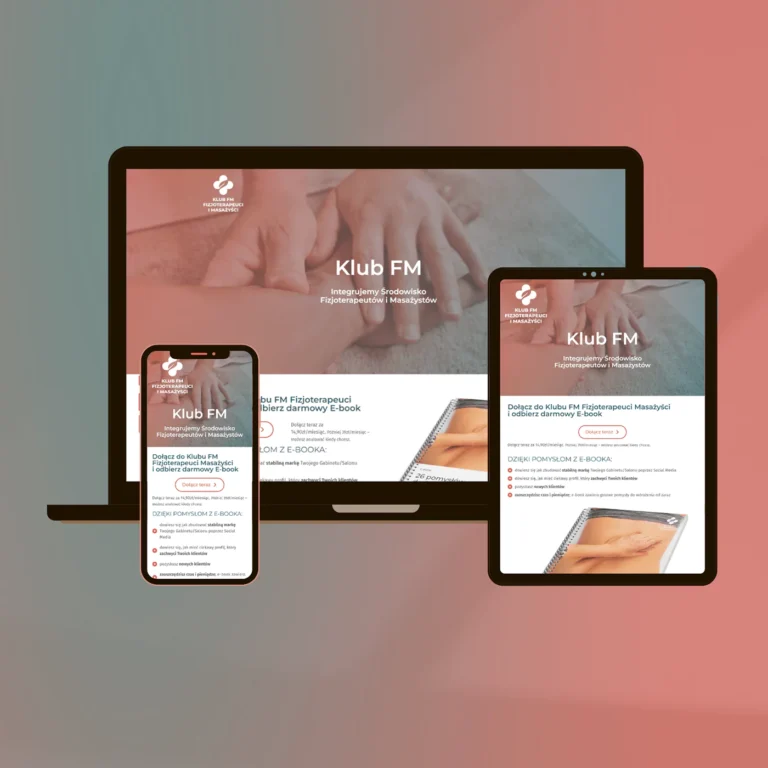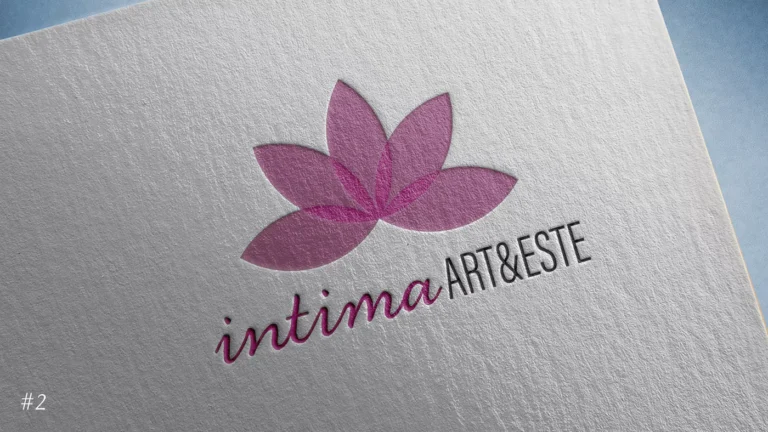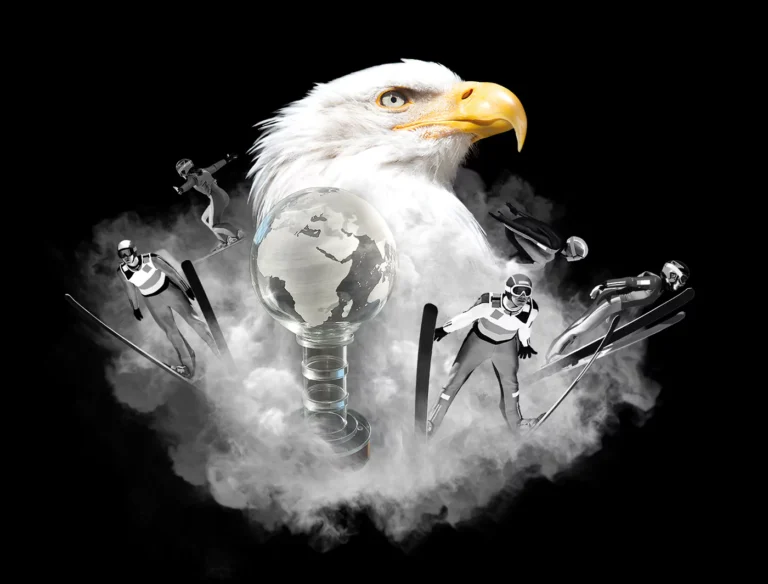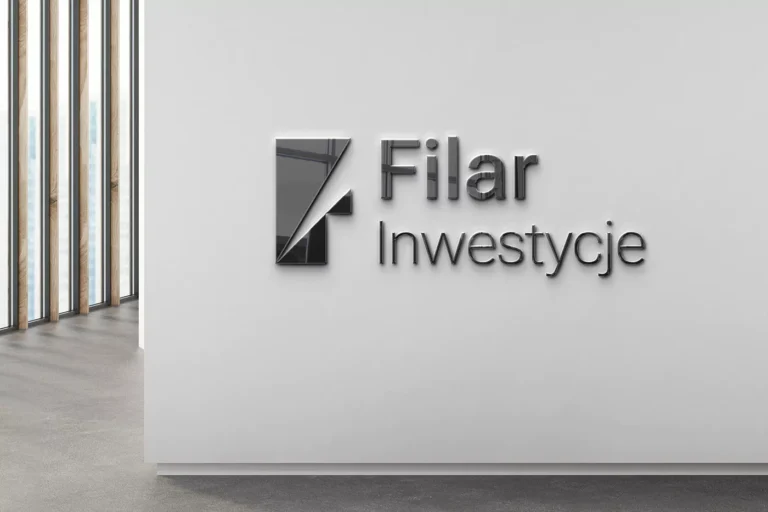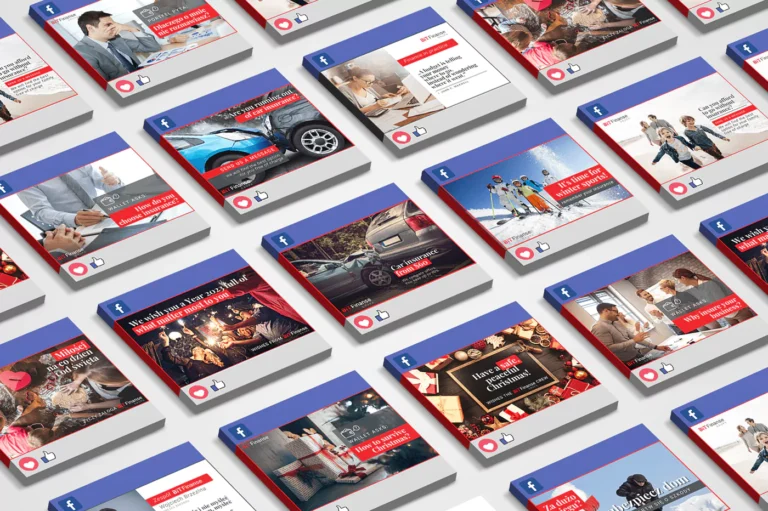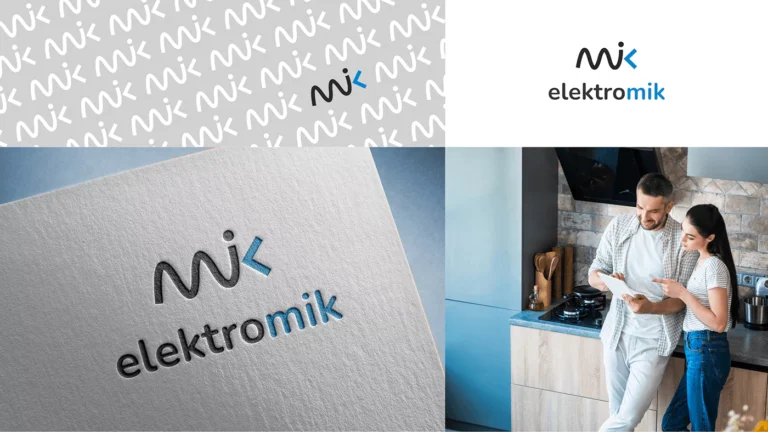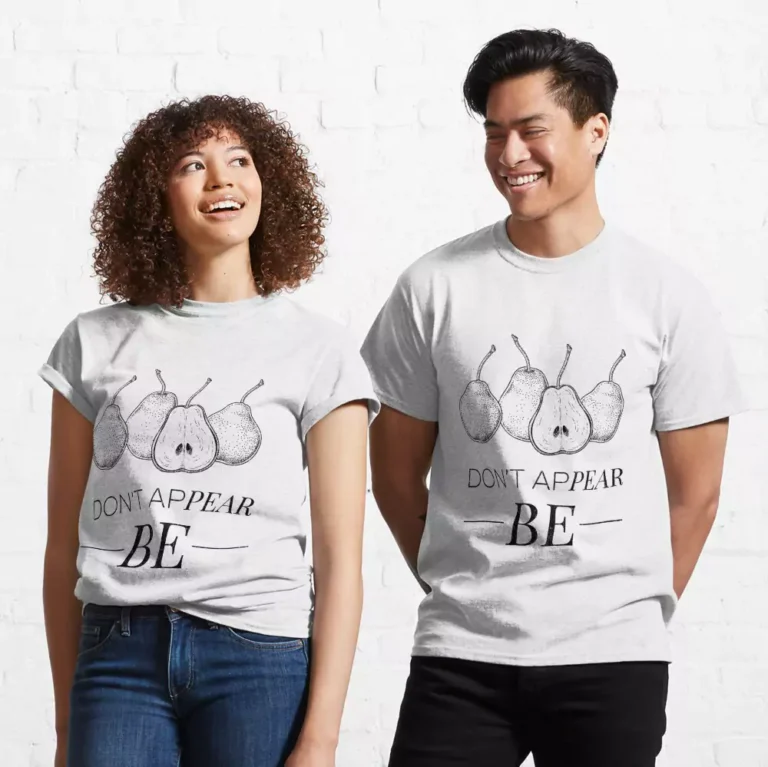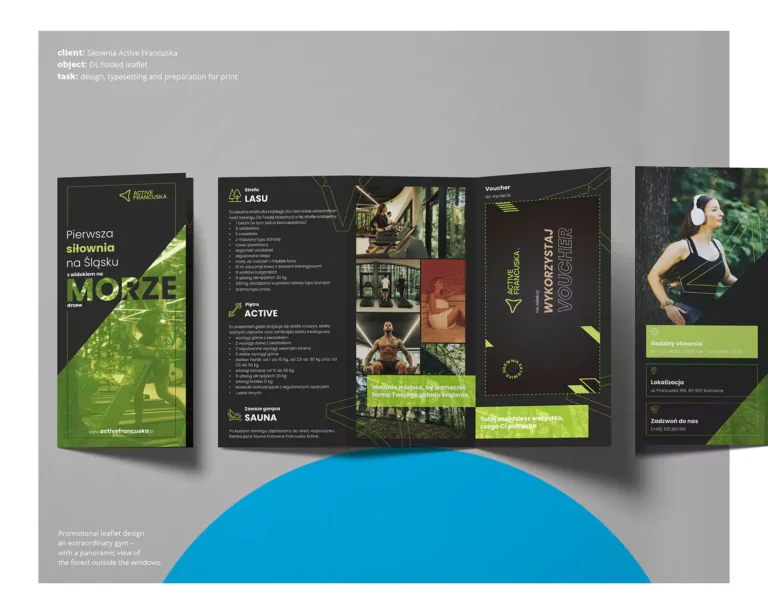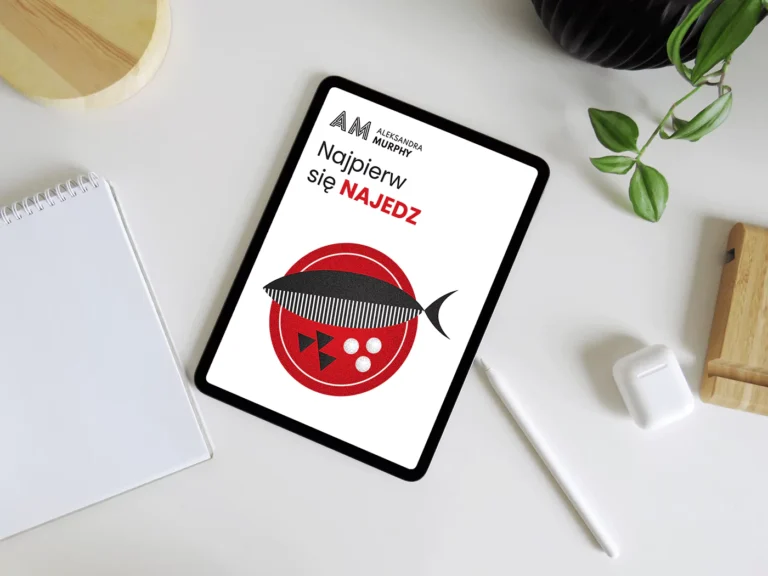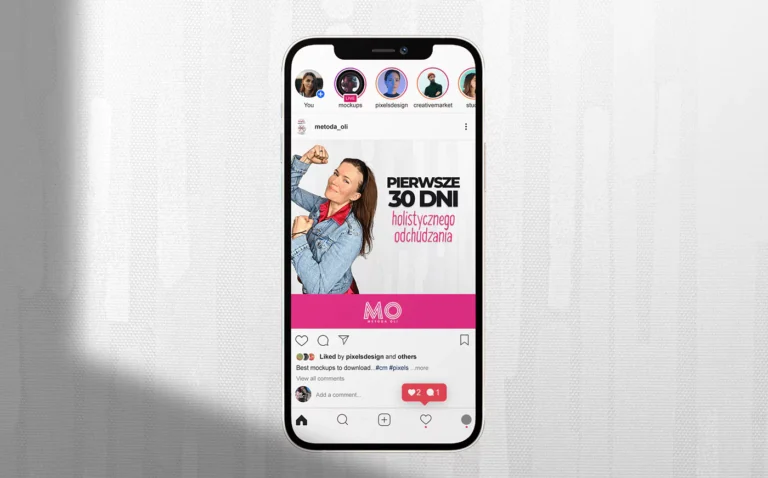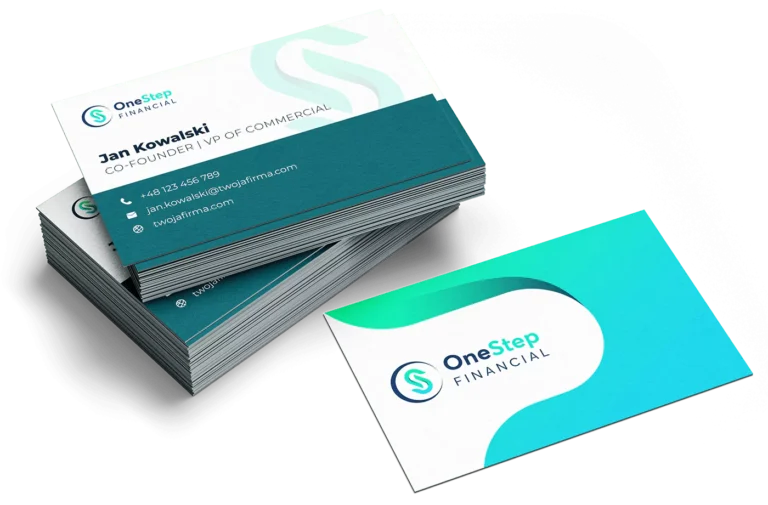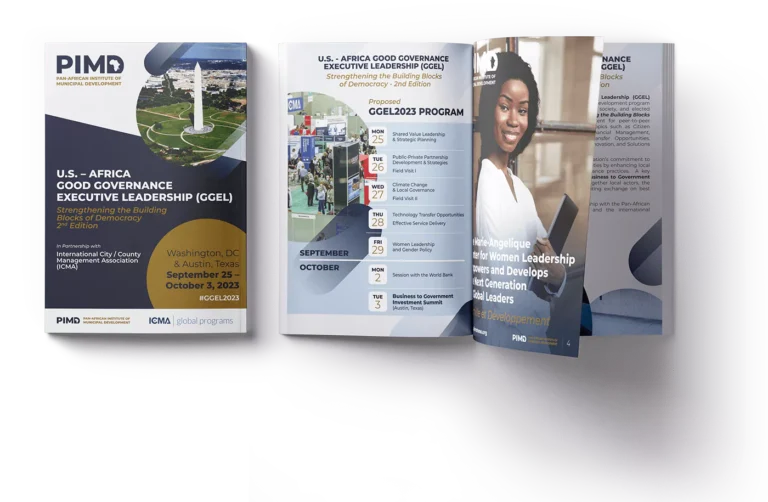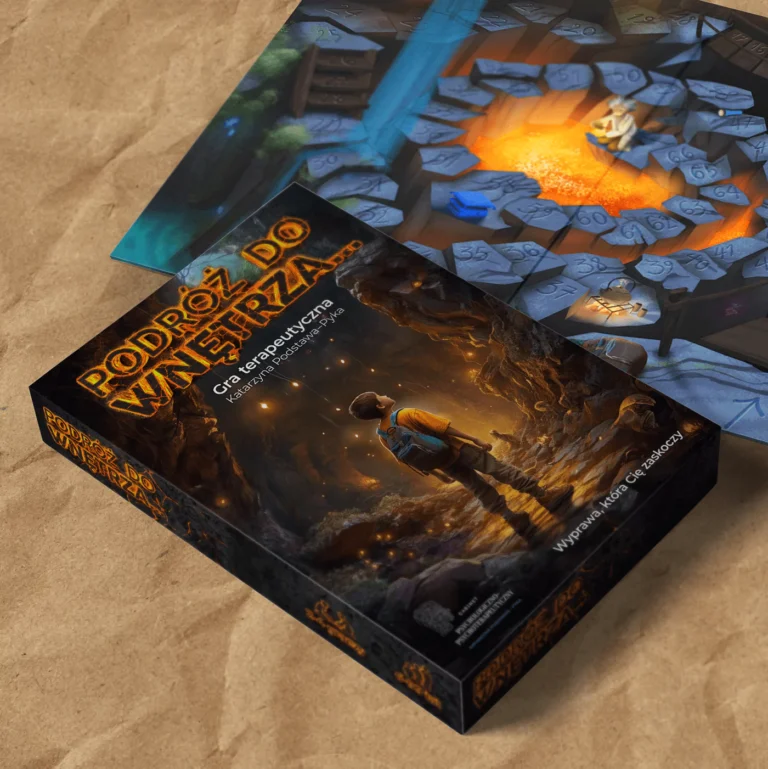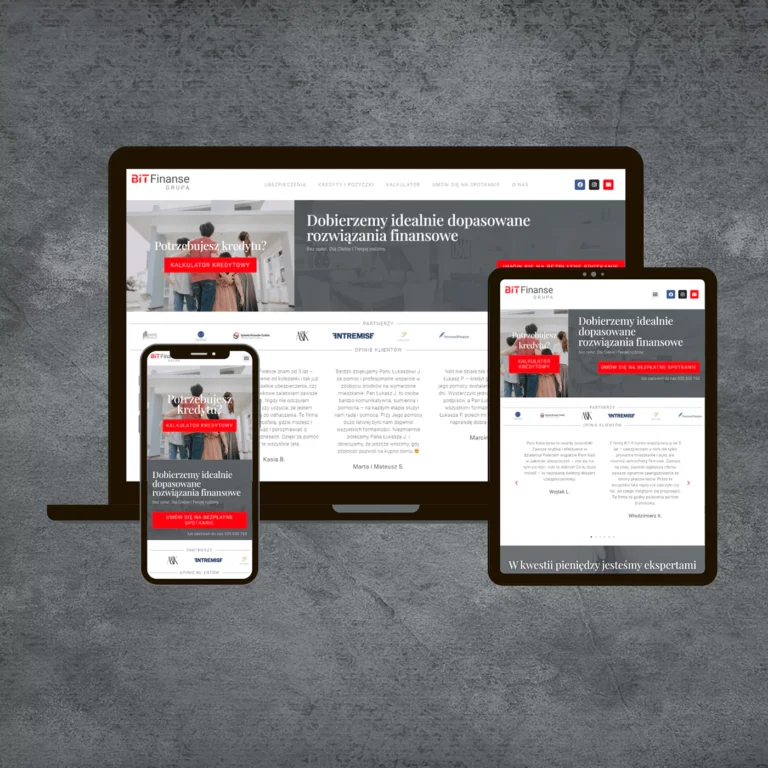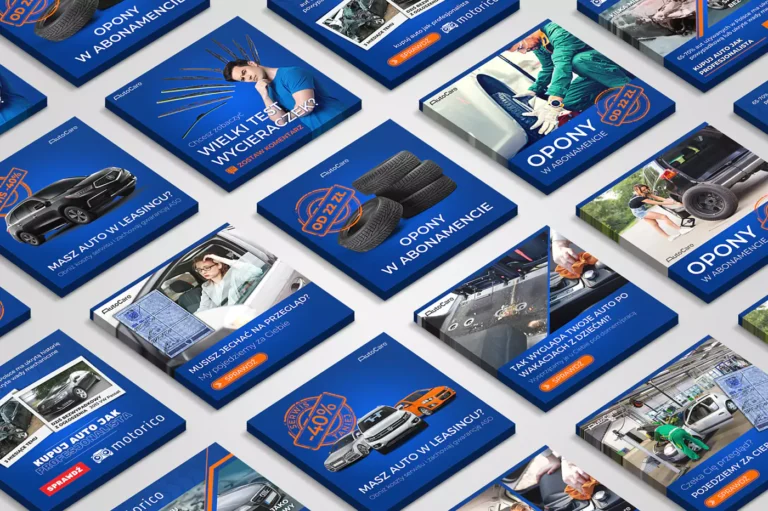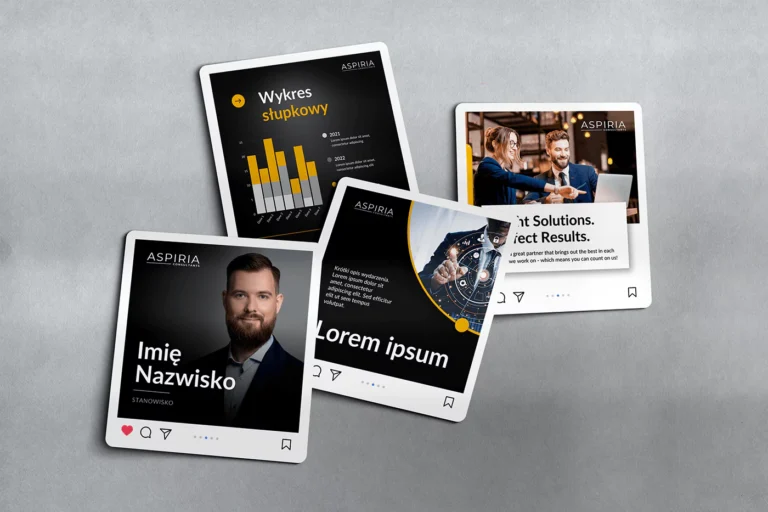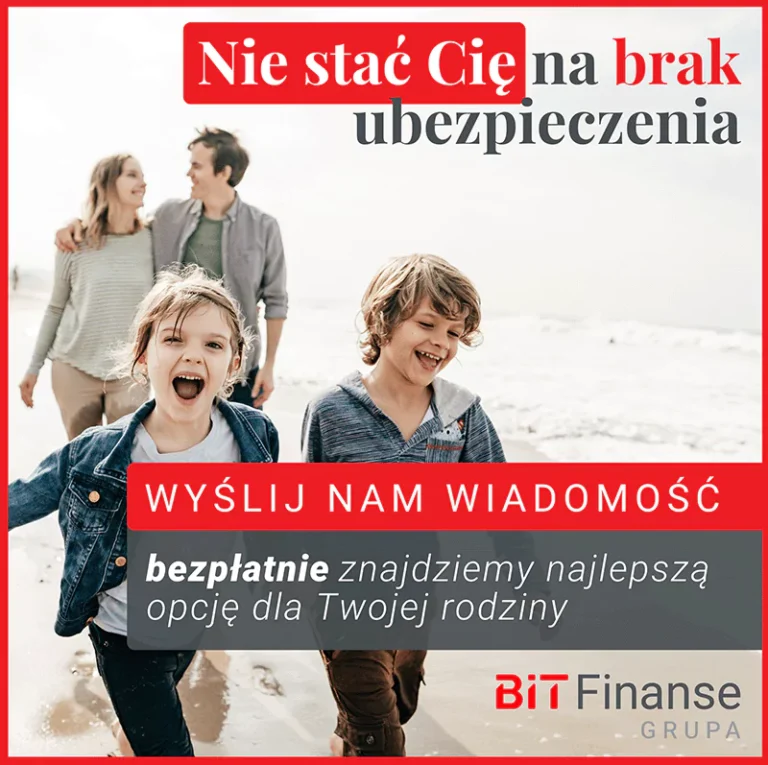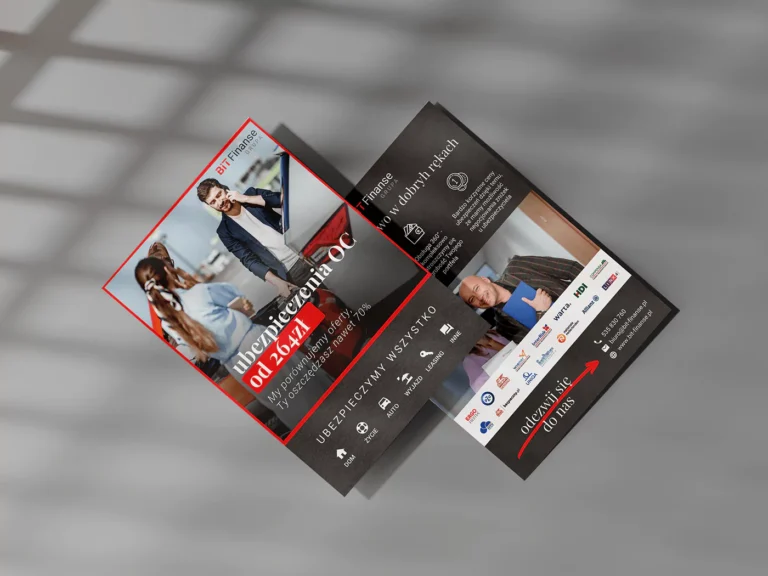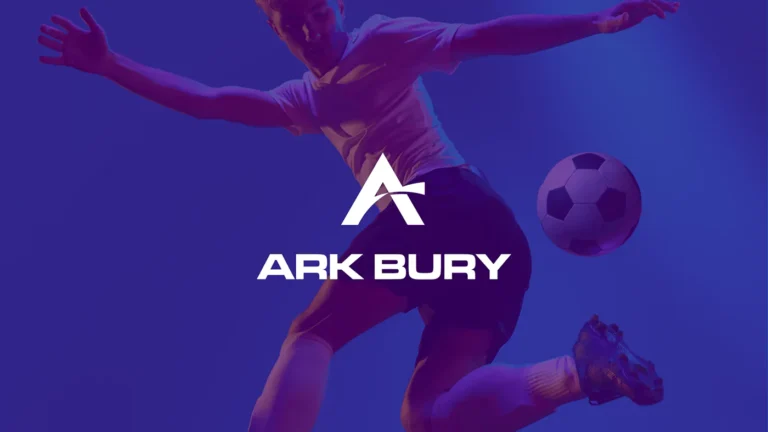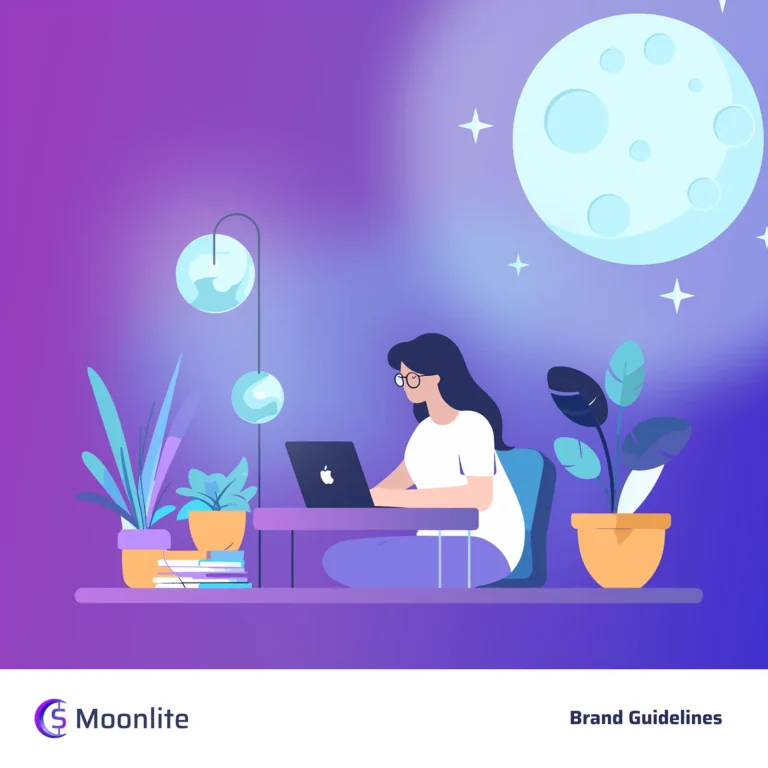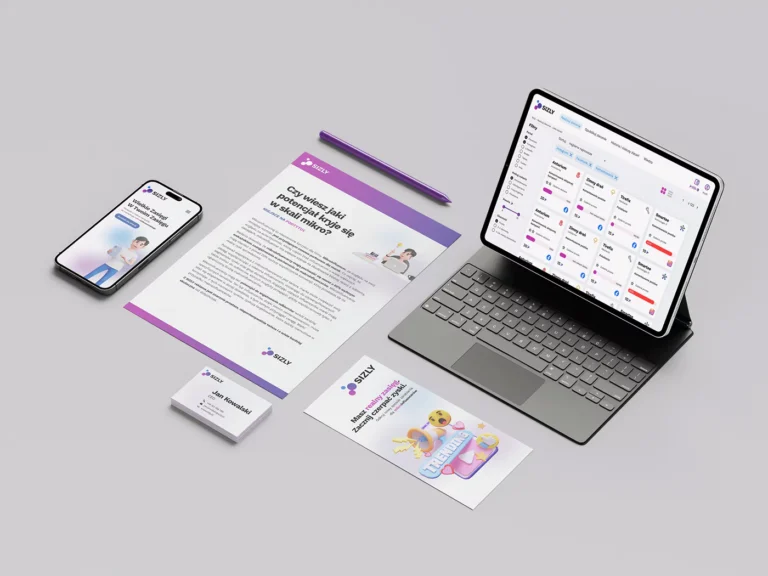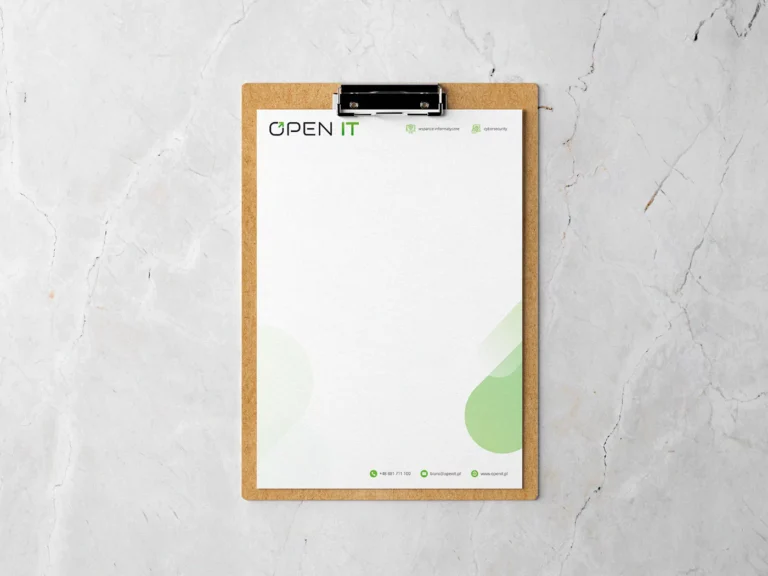Banners are visual advertising elements used to promote products, services, or events. They can be found on websites, social media platforms, and in physical spaces such as billboards and trade shows. Banners are designed to capture attention, convey a specific message, and prompt the viewer to take action, such as clicking on the ad or visiting a website.
How to Best Present Banners
To ensure banners are effective, they need to be well-designed and visually appealing. Key aspects include:
1. Clear and Concise Messaging: The message should be simple and easy to understand. Avoid clutter and focus on a single, clear call to action (CTA).
2. High-Quality Visuals: Use high-quality images, illustrations, and graphics that are relevant to the message. Ensure that visuals are sharp and attractive.
3. Readable Text: Choose fonts that are easy to read and ensure that the text is large enough to be legible from a distance. Contrast between text and background is crucial.
4. Brand Consistency: Make sure the banner design aligns with your brand’s identity, including colors, fonts, and logos.
Designing Banners
Designing banners involves several key stages:
1. Understanding the Objective: Determine the goal of the banner—whether it’s to drive traffic, generate leads, or promote a sale. Understanding the objective will guide the design process.
2. Audience Research: Know your target audience and what appeals to them. Tailor the banner’s design and message to resonate with this group.
3. Concept Development: Create multiple design concepts and select the one that best meets the objectives and appeals to the target audience.
4. Selecting Visual Elements: Choose appropriate images, icons, and other graphics that support the message. Ensure they are high-resolution and visually appealing.
5. Typography: Select fonts that are clear and easy to read. Use different font sizes to create a hierarchy, highlighting the most important information.
6. Color Scheme: Use colors that align with your brand and attract attention. Colors should complement each other and ensure text readability.
Finalizing a High-Quality Product
The process of finalizing banners involves several essential steps:
1. Proofreading and Editing: Check all text for language and grammar errors. Ensure the message is clear and consistent.
2. Feedback and Revisions: Gather feedback from the team, clients, or focus groups and make necessary adjustments.
3. Testing on Various Devices: Ensure that banners are readable and attractive on different devices and screen sizes.
4. Technical Optimization: Adjust file sizes, formats, and other technical parameters to ensure fast loading times and optimal performance.
5. Final Approval: Obtain final approval from all stakeholders before publishing or implementing the banners.
Opportunities Related to Designing Banners
Designing banners offers numerous opportunities, including:
1. Website Banners: Placed on websites to promote products, services, or special offers.
2. Social Media Banners: Used on platforms like Facebook, Instagram, Twitter, and LinkedIn to engage users and drive traffic.
3. Display Ads: Banners for online advertising networks such as Google Display Network.
4. Physical Banners: Printed banners for events, trade shows, and outdoor advertising.
5. Email Campaign Banners: Embedded in promotional emails to highlight special offers or announcements.
Where to Use Banners
Banners can be used in various contexts, such as:
1. Websites: On homepages, product pages, and blog sections to attract attention and drive clicks.
2. Social Media Platforms: In posts, stories, and ads to engage the audience and promote content.
3. Email Marketing: As part of email campaigns to highlight promotions and drive traffic to a website.
4. Events and Trade Shows: Physical banners to attract attendees and promote products or services.
5. Outdoor Advertising: Billboards and signage in high-traffic areas to reach a wide audience.
Conclusion
Banners are powerful tools for promoting products, services, and events. Focusing on clear messaging, high-quality visuals, readable text, and brand consistency can significantly enhance their effectiveness. The design process should be thorough, involving objective understanding, audience research, concept development, and technical optimization. By leveraging various opportunities and contexts for banner usage, well-designed banners can effectively capture attention and drive the desired actions from the audience.



